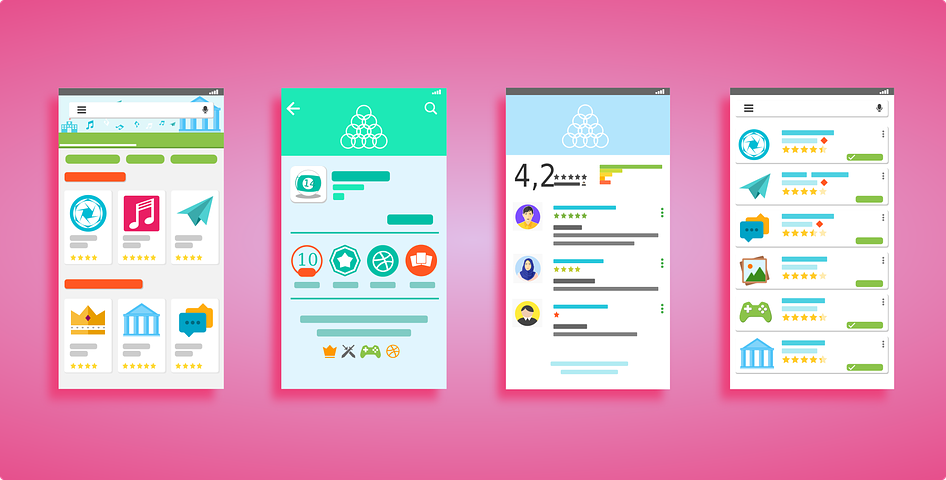
With the prevalence of Agile, Scrum, and Lean, software development cycles have been shortened dramatically, compared to the Waterfall development cycle. As a result, user research has to fit into the same cadence, from study design, data collection, to presentation. While traditional research, especially in an academic setting, would typically take months from start to finish, user researchers in the industry have found ways to make research more efficient and tactical, while remaining effective and informative.
An industrious user researcher can find many ways to adapt research methods to the cadence of Agile development cycle, typically two weeks. However, as Heidi Toussaint at Google has shown, user research can be done as quickly as one week. A strategy to adapt user research for Agile requires three key parts from researchers: efficiency, creativity, and readiness.
Be efficient.
-
In study design, breaking down research goals into small, manageable hypotheses can help create a more tactical approach towards user research. Knowing a list of small hypotheses and goals can help researchers plan for a series of short studies to continuously supply information for their designer and developer colleagues.
-
User researchers in Agile can save time by working forward. Pulling relevant data and marking timestamps would assist in presentation building later in the research cycle. Keeping the team informed, both researchers and stakeholders after each session or each day of sessions can help expedite the conclusion-/narrative-making process
-
Preparing a standard participant recruitment screener, especially if there are many upcoming projects of a similar nature (e.g. different parts of the same product) can help recruiters fill participant quotas quickly and consistently.
Be creative.
-
Adapting existing methods to suit your needs.
-
For example, John Rimmer provided three examples of alternative research methods (“the Emoji Journey”, “Colour by Importance” and “the Love Letter/Breakup Letter”) can be seen as efficient variations Journey Mapping, Cognitive Walkthrough and In-Depth Interview, respectively.
-
The Emoji Journey is very much similar to journey mapping, using emojis, a familiar artifact to many participants, to facilitate the project.
-
“Colour by Importance,” asks users to provide feedback to all parts of the interfaces, using three different colors to denote levels of importance. The user needs to review all parts of the product or prototype, similar to a Cognitive Walkthrough while building a visual representation for the researcher.
-
The Love Letter/Breakup Letter can be viewed as an expedited In-Depth Interview, in which the participants produce a written response detailing their emotions, positive or negative, towards a product.
-
There are many tools available on the market to aid user researchers. From participant recruiting to study moderation. Furthermore, many of these tools can be used in conjunction with each other.
And finally, be ready
-
Keep the entire team, including shareholders, involved and updated through the entire research cycle. Invite shareholders to kick-offs and study sessions to help them understand the process and build their own narratives and questions. Questions from shareholders can be passed back to the researchers and help identify themes and discoveries from the data.
-
Having at least two researchers for study sessions allows them to tag-team in long and exhausting days of study sessions.
-
Participant recruiting often takes a significant amount of time for user research. Keeping good participants closely on hand or recruit ahead of time. If resources permit, having dedicated recruiters can help take the load off of researchers as well.
-
To ensure a smooth flow of information from user research to designers and developers, researchers in Agile often have to work a sprint ahead with at least one designer, creating a parallel timeline between research and development.
Sources
Rimmer, John. 2018. 3 Alternative User Research Methods for Agile Development
Toussaint, Heidi. 2018. Rapid UX Research at Google
Stockwell, Amanda. 2016. How to adapt UX research for an Agile Development
Kapadiya, Roma. 2018. Combining Agile Methodologies with UX Workflow
READ MORE: Keeping Up With Programming Trends, When to Use ZeroUI: A Researcher's Perspective, Prototyping and UX Research, KLI UX Design Services for Agile Development









Comments
Add Comment